Essential Tips from ASAP Tree Pros Inc.
- By Kimberly Salyer
- •
- 23 Apr, 2023
- •
Protecting your trees and plants from late frost.

As winter transitions into spring, many tree and plant owners eagerly anticipate the arrival of warmer weather and the bloom of new growth. However, late frost events can pose a threat to the safety and health of trees and plants, potentially causing damage to their delicate buds, flowers, and foliage. As professionals, the team at ASAP Tree Pros understands the importance of protecting trees and plants from late frost to ensure their well-being. In this blog post, we will share essential tips on how to safeguard your trees and plants from late frost and minimize potential damage.
Be aware of local weather conditions: Stay informed about the weather forecast in your area, especially during the transition from winter to spring when late frost events are more likely to occur. Keep an eye out for frost advisories or warnings, and take precautionary measures accordingly.
Choose frost-resistant tree and plant species: When selecting trees and plants for your landscape, choose species that are known to be frost-resistant or hardy in your region. Native species or those adapted to your local climate are usually better equipped to withstand late frost events.
Avoid early pruning: Pruning encourages new growth, which can be vulnerable to late frost. Avoid early pruning in late winter or early spring, especially if frost is expected. Instead, wait until after the last frost date in your area before pruning to reduce the risk of damage to new growth.
Mulch to insulate the soil: Apply a layer of organic mulch around the base of your trees and plants to help insulate the soil and protect their roots from frost. Mulch acts as a natural barrier, retaining moisture and providing insulation, which can help prevent damage caused by freezing temperatures.
Cover with blankets or cloths: If frost is expected overnight, cover your trees and plants with blankets or cloths to protect them from frost damage. Avoid using plastic coverings, as they can trap moisture and increase the risk of damage. Remember to remove the coverings during the day to allow sunlight and air circulation.
Water properly: Adequate watering can help protect trees and plants from frost damage. Well-hydrated trees and plants are more resilient to cold temperatures. Water your trees and plants deeply but avoid overwatering, as excess moisture can increase the risk of frost damage.
Prune frost-damaged growth: If your trees or plants do experience frost damage, resist the urge to remove the damaged growth immediately. Prune only the affected areas once the threat of frost has passed and the new growth has had a chance to establish. This will help prevent further damage and promote healthy regrowth.
Seek professional help: If you're unsure about how to protect your trees and plants from late frost or how to address frost damage, it's best to seek professional help from a certified arborist. An arborist can provide expert advice and guidance on how to safeguard your trees and plants and nurse them back to health if they have been damaged by frost.
At ASAP Tree Pros, we understand the importance of tree and plant health and safety. Our team of experienced arborists can provide comprehensive tree care services, including frost protection measures, pruning, and recovery from frost damage. Contact us today for professional assistance in safeguarding your trees and plants from late frost and ensuring their well-being throughout the changing seasons.
In conclusion, late frost events can pose a risk to the safety and health of trees and plants, but with proper precautions and care, you can minimize the potential damage. Being aware of local weather conditions, choosing frost-resistant species, avoiding early pruning, mulching, covering, proper watering, pruning frost-damaged growth, and seeking professional help when needed are all essential steps in protecting your plant and tree material.
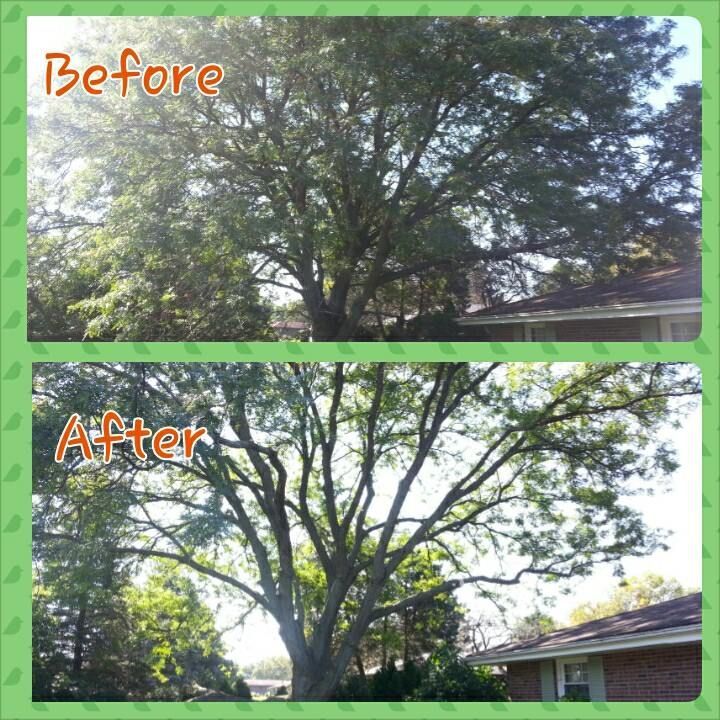
Spring is a great time to have your trees trimmed, as it is the time when most trees are beginning to emerge from their winter dormancy and start growing again. Here are some ASAP Tree Pros spring tree trimming tips to consider:
-
Identify the trees that need trimming: Not all trees require trimming. Observe your trees to identify the ones that require trimming. Look for broken, diseased, or dead branches, crossed or rubbing branches, or any other potential hazards.
-
Hire a professional tree servicelike, ASAP Tree Pros Inc., While DIY tree trimming may seem like a good idea, it can be dangerous and result in improper pruning techniques that could harm the tree. Hire a professional tree service with experienced and certified arborists to do the job safely and correctly.
-
Timing is key: Trimming trees during the growing season can promote healthy growth and flowering, but it is important to trim them before the new growth becomes too dense. Late winter or early spring, before new buds begin to form, is an ideal time for most trees.
-
Trim for health and safety: The primary goal of tree trimming is to maintain the health and safety of the tree. Focus on removing any dead or diseased branches, improving the tree's structure, and removing any branches that pose a hazard to people or property.
-
Avoid over-trimming: Avoid removing more than 25% of a tree's canopy as this can stress the tree and cause long-term damage. Trim only what is necessary to maintain the tree's health and safety.
By following these tips, you can ensure that your trees receive the proper care they need to thrive and remain healthy for years to come.
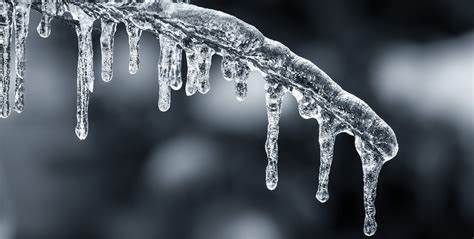
Winter is always a challenging time for landscape trees in Northern Illinois. One of the most significant and lasting impacts of winter on trees is ice and snow damage. Events such as this week’s ice storm in northern lower Michigan coated trees with up to half an inch of ice. This amount of ice can weigh down tree branches and cause significant breakage. Often the weight of ice results in high crown breakage, though trees can also split or lose major limbs.
Once the weather warms up, homeowners can begin to venture outside and assess the damage from the storm. Proper pruning and care of damaged trees is important for safety and for long-term health of the trees. If damaged trees are not properly pruned, several problems may ensue. Trees may experience severe dieback, resulting in dead limbs that could fall later.
Some trees may also produce prolific sprouts or suckers along limbs that have been damaged. These newly formed limbs are often weak and poorly attached to the tree and may be prone to failure during future storms. Broken limbs that are hung up in trees are a hazard since they may fall later. Lastly, proper pruning and tree care can help to reduce the likelihood that broken limbs will become infected with disease pathogens that can further damage or kill the tree.
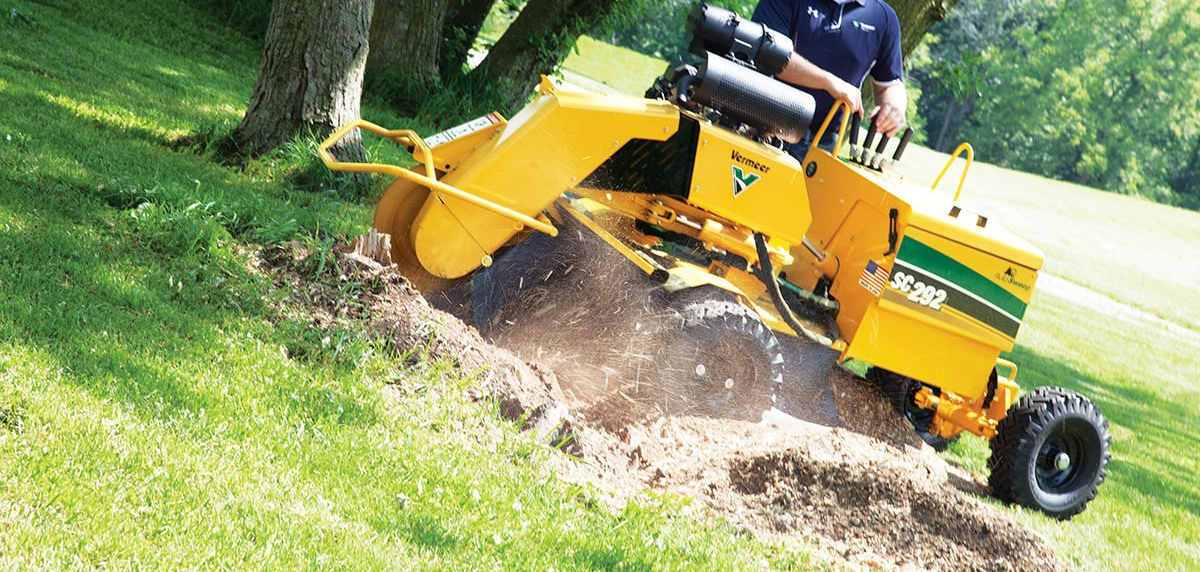


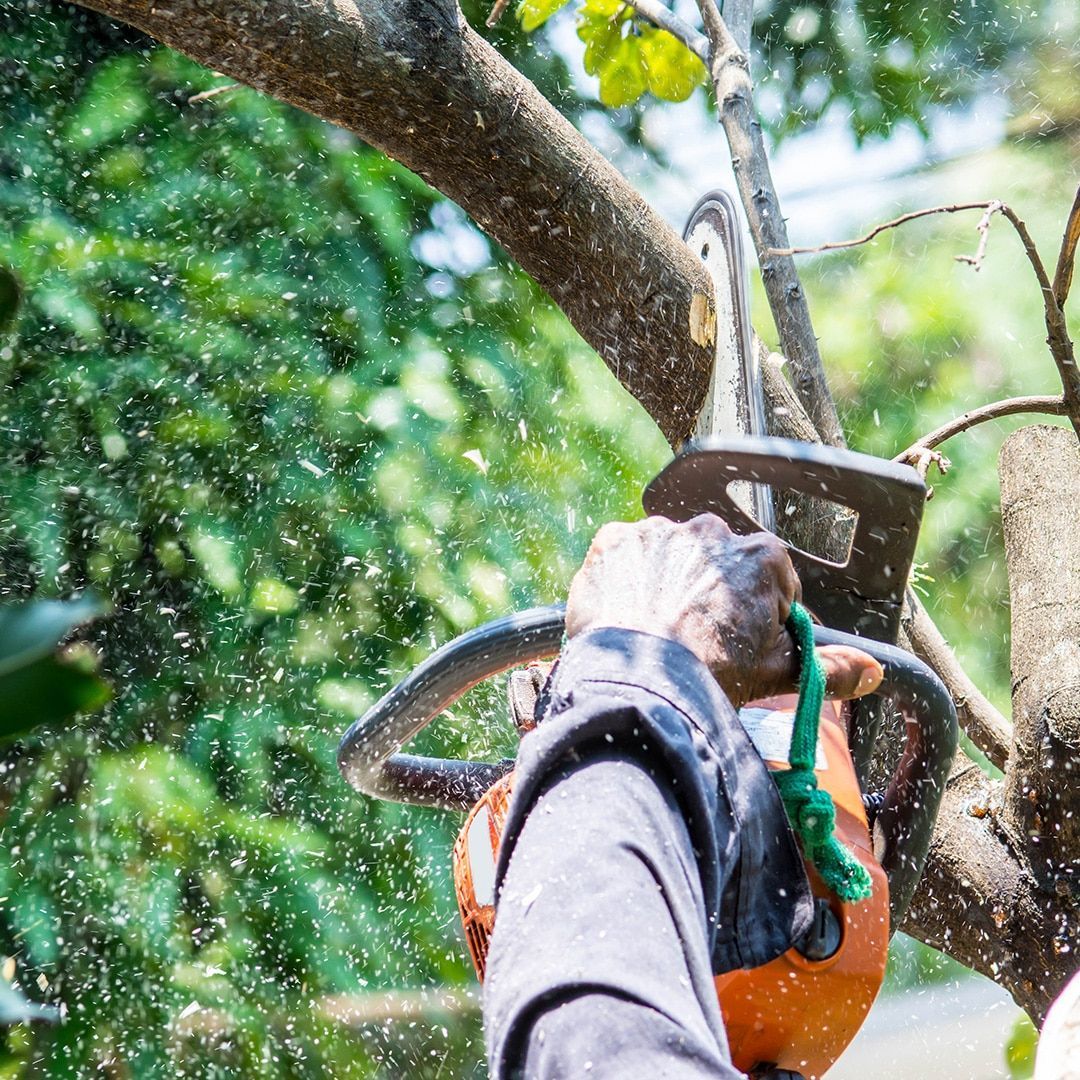
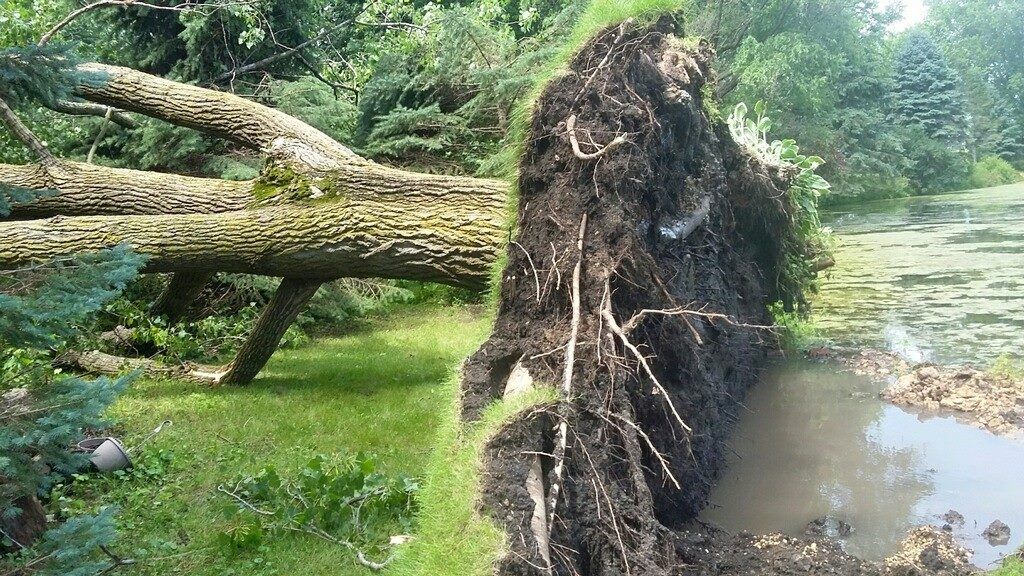
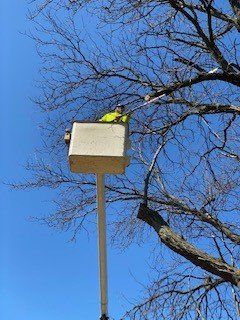
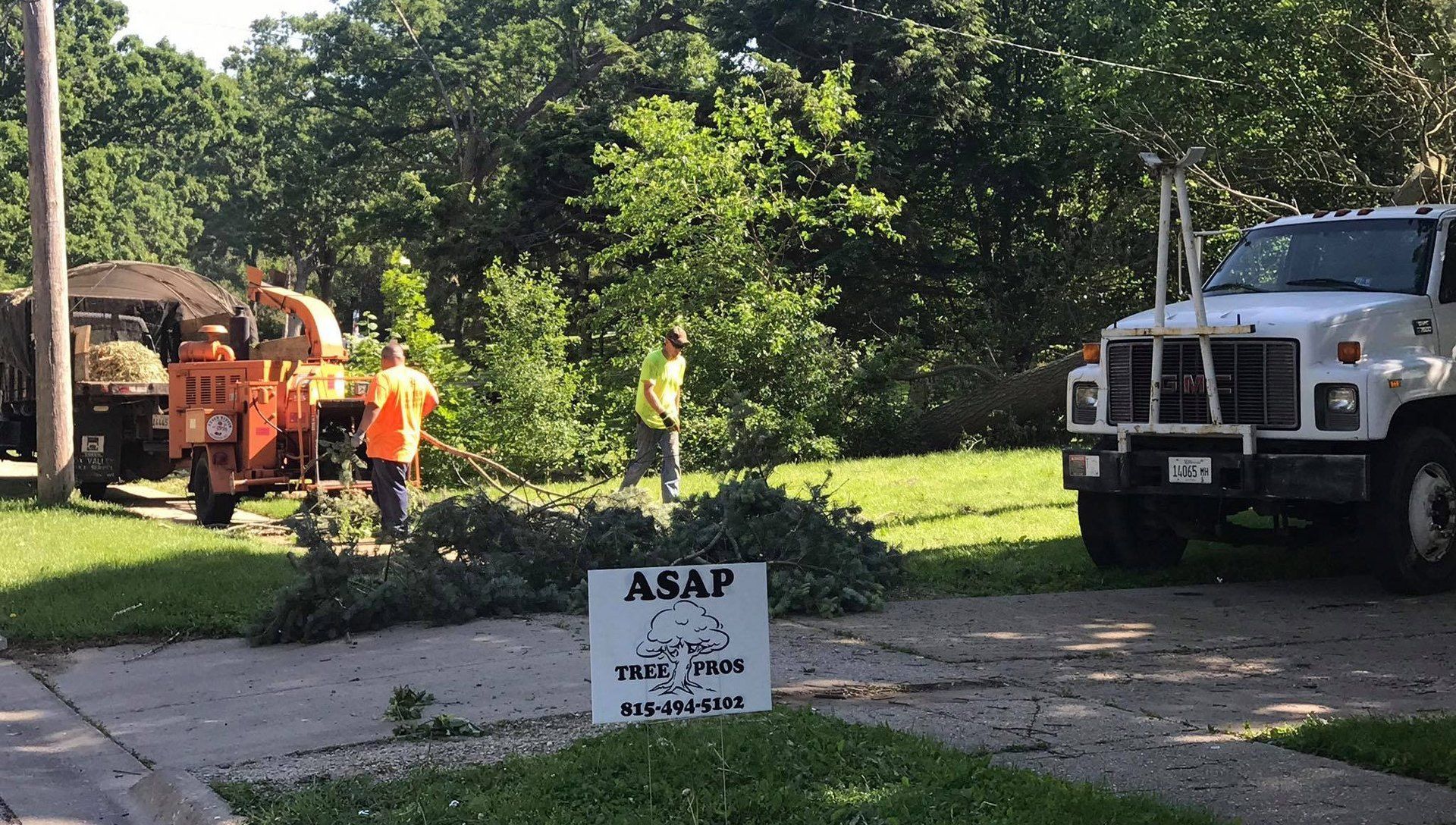

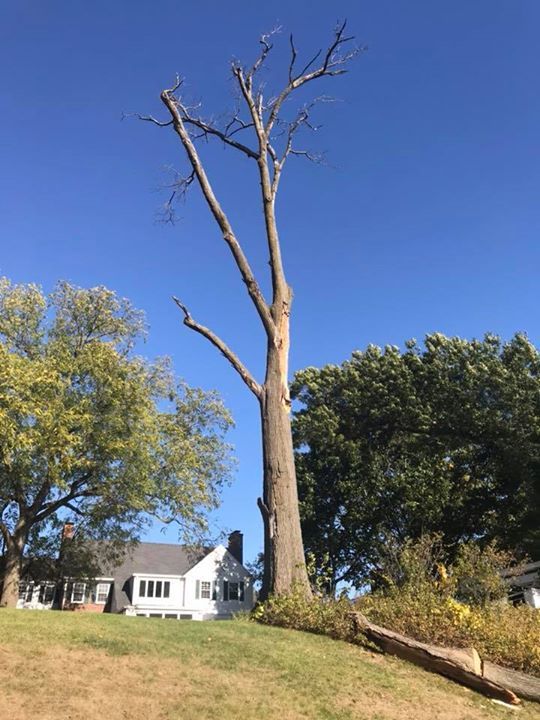
Share On: